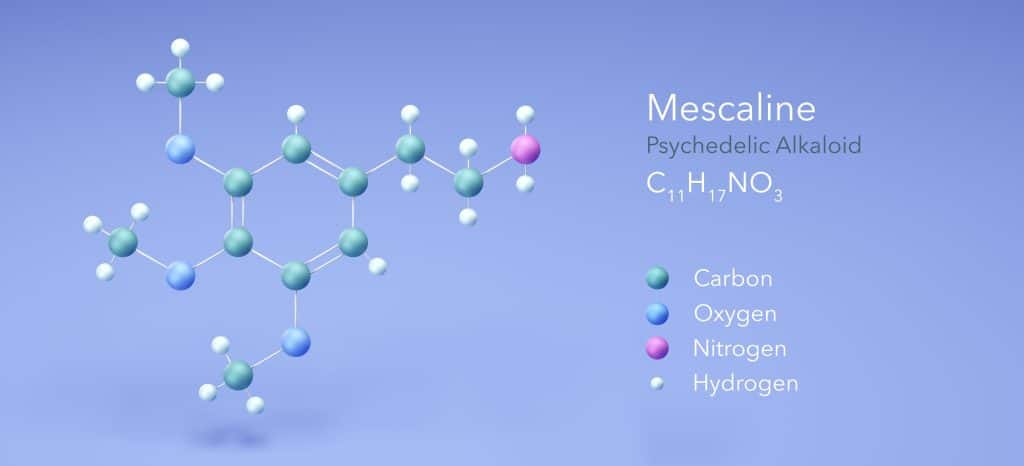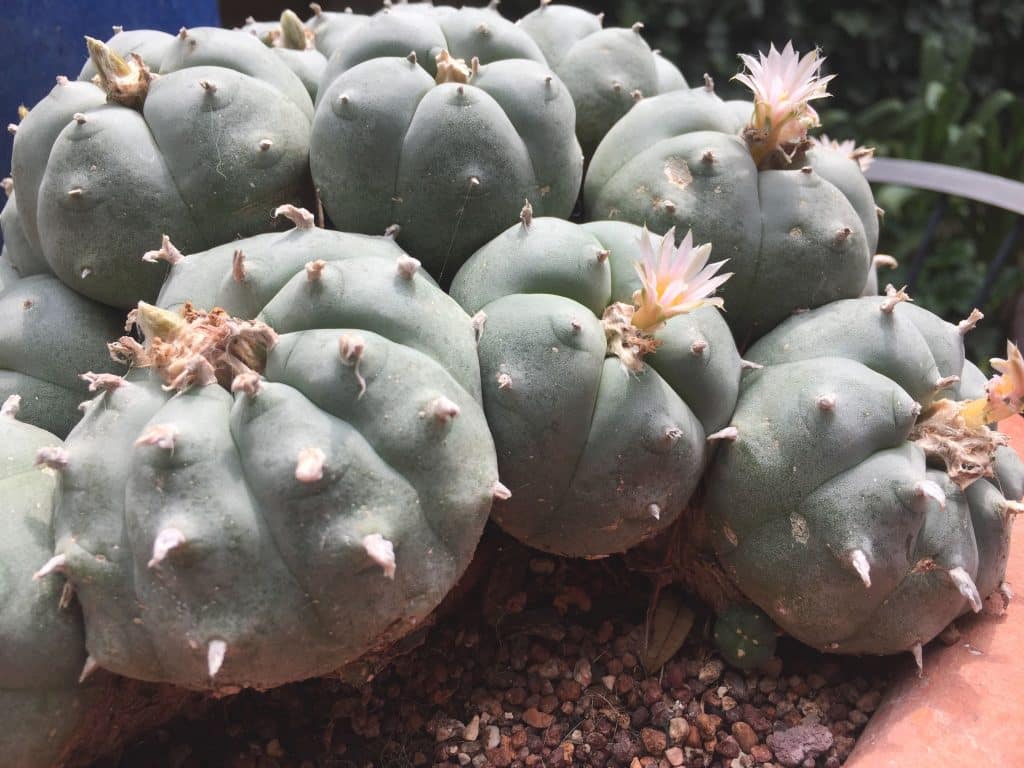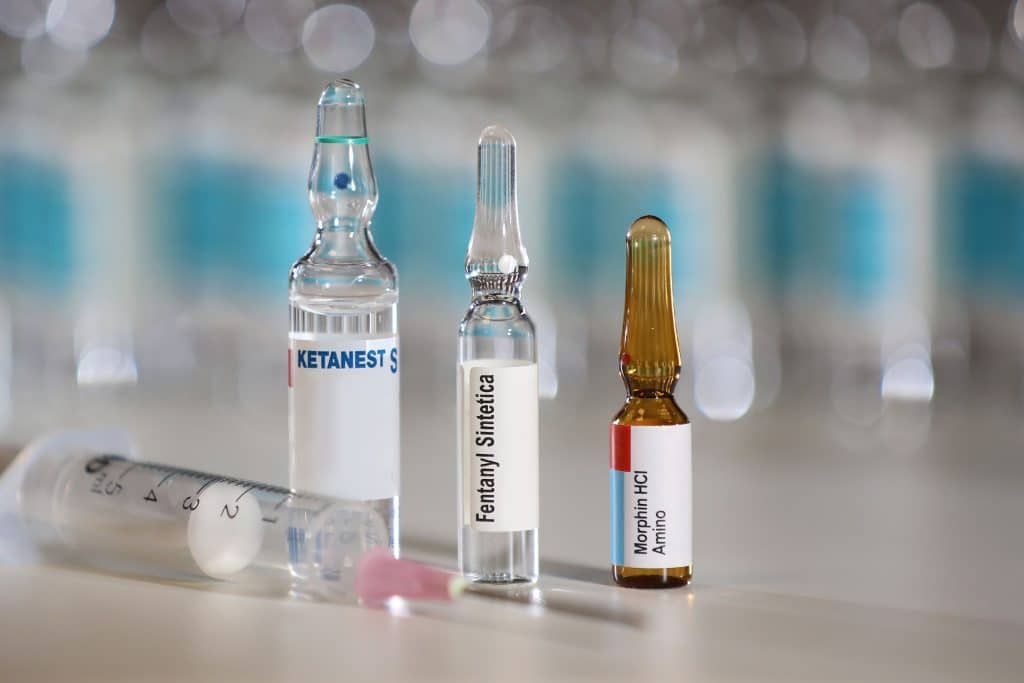Laws are definitely good a lot of the time, because society would go a little crazy without them. But that doesn’t mean all laws are good, or that they make sense. That’s where loopholes come in. Sometimes the only good thing about a law, is the way to get around it. Such is the case with the mescaline loophole. Here’s what you need to know.
Mescaline isn’t known as the most popular psychedelic, but perhaps the mescaline loophole will increase popularity in time. This cannabis and psychedelics publication focuses on breaking news and ongoing stories in these new and burgeoning industries. We also put out the Cannadelics Weekly Newsletter for readers to access updates on stories, as well as obtain product promotions for all kinds of stuff like vapes and other smoking paraphernalia, edibles, and cannabinoid compounds including the ever-popular Delta 8 & HHC. You can find more info in our ‘best of’ lists, so check them out, and please only purchase products you feel comfortable using.
What’s mescaline
With all the talk on psychedelics recently, magic mushrooms, DMT, and LSD have sure gotten a lot of attention, along with dissociatives like ketamine. One of the classic psychedelics that gets slightly less attention, is mescaline. However, of all the classic psychedelics, mescaline is the only one that comes with a handy little loophole in the form of the San Pedro and Peruvian Torch cacti.
Mescaline (3,4,5-Trimethoxyphenethylamine) is a psychedelic compound that occurs naturally, like psilocybin from magic mushrooms and DMT. This is unlike MDMA and LSD which are only made in a lab. It’s most well-known association is with the Peyote cactus (Lophophora williamsii), although it’s also found in the Peruvian Torch cactus (Echinopsis peruviana), San Pedro cactus (Echinopsis pachanoi), and in the Cactaceae plant and Fabaceae bean families. It belongs to the phenethylamine class of drugs, and like the rest of the classic psychedelics, it exerts its biggest effect on serotonin receptors.
Mescaline produces a number of effects, including intense hallucinogens, with both open and closed-eye visuals; distortion in time, sound and vision; an increase in introspective and conceptual thinking; the loss of ego; and feelings of euphoria. It’s often considered gentler than other psychedelics with less negative come-down, while possibly producing greater insight than these other compounds. It’s the subject of a growing body of research for its potential medical properties.

Users should be aware that psychedelics can produce anxiety, paranoia, delusions, and psychosis in some users, though only temporarily. Mescaline, like the other psychedelics, has never shown to be an addictive or toxic substance. It’s lesser popularity in the world of psychedelics is probably related to its long growing time, and greater cost of production. Much of the time its bought off the street, its not real mescaline, but a synthetic derivative like 2C-B.
Peyote has a rich history, particularly in MesoAmerica, going back as far as 5,700 years. Mescaline cacti are generally found as far north as the south of North America, and throughout Central and parts of South America. It’s been used for spiritual and religious purposes in different native communities through this time, and still today.
In terms of more recent history, its entrance to Western science came in 1897, when German chemist Arthur Heffter first isolated the compound from the Peyote plant. In 1919 it was synthesized for the first time by Ernst Späth. It was Aldous Huxley’s 1954 essay entitled “The Doors of Perception” that helped mescaline gain prominence in the mid-1900’s.
How the mescaline loophole works
The mescaline loophole is similar to the two magic mushroom loopholes. The first magic mushroom loophole concerns the seeds. As the seeds contain no psychoactive components, they are usually legal to buy and sell, though growing the mushrooms is illegal. The second mushroom’s loophole relates to how mushrooms themselves were never scheduled by the Convention on psychotropic substances in 1971, though their components psilocybin and psilocin were. The loophole is that the plant itself it legal in many places outside the US, while what’s in it, is not.
This is similar to how it works with the mescaline loophole. Mescaline itself is a Schedule I compound on the Controlled Substances list. The plant Peyote also resides on that list specifically. But the San Pedro cactus does not, and neither does the Peruvian Torch cactus, or any other mescaline-producing plant. Much like magic mushroom seeds, its perfectly legal to buy, sell, and grow these cacti, but it’s technically not legal to harvest them for mescaline. This is the same with mushroom seeds, and mushrooms themselves where the loophole applies. The seeds can be sold and purchased, but you’re not supposed to grow the mushrooms.
As Peyote is the only specifically-listed mescaline containing plant on the Controlled Substances list, this mescaline loophole applies to any other plant that produces mescaline. According to the US government, these cacti are legal for religious purposes across the board (possession, sale, and transport), and are legal for cultivation without rules.

In terms of Peyote, its not even completely illegal like other Schedule I substances. As of 1994’s American Indian Religious Freedom Act amendments, harvest, possession, consumption and cultivation of peyote are protected for religious ceremonies. Though the Act was originally made only for Native American use when instituted in 1978, this was expanded in 1991 to include anyone using Peyote for religious purposes, through the US vs Boyll ruling. As of right now, Idaho and Texas are the only states that bar the religious use of Peyote by non-native-American, non-enrolled people.
Does this make sense?
No, not really. But a lot of laws don’t make sense. In this case, the loophole is in favor of the people. Such loopholes happen quite a bit in the world of drugs, where laws don’t always match up. The magic mushroom loopholes are a couple of examples, but there are still more.
Consider that in some places like Thailand cannabis with THC levels over .2% is decriminalized, but not legal. Yet growing hemp is perfectly legal, making for the industrial hemp loophole. Not only is it not illegal in a place like Thailand to grow hemp, but it’s actually encouraged for the general population to do so. So much so that the government handed out one million free cannabis plants to residents upon instituting the decriminalization policy. This same concept is seen elsewhere in places like Slovenia, Argentina, and Iran.
Sometimes a loophole isn’t even a real loophole, but still acts that way. Like delta-8 THC. The compound undergoes synthetic processing for creation, meaning it doesn’t fall under the definition of hemp, and is technically illegal, even if its sourced from hemp. However, it also falls into the no-one-will-do-anything-about-it loophole. The US fought such losing wars on drugs (and still is) that to go after any compound (natural or synthetic) related to a drug on the cusp of federal legalization, is so non-financially viable, and so unwanted, that it would only lead to negative consequences for the government. And so there is essentially no legal reaction to the industry.
Even delta-9 falls into that same loophole, when its made from CBD derived from hemp. Sure, it undergoes processing that no longer qualifies it as ‘hemp’, but at a time when half the country already lives in places where high-THC cannabis is legal, going after it, isn’t going to happen. Or at least, it hasn’t yet.
Ketamine is another fantastic loophole example. While it was never approved for use with pain or psychological disorders, it is approved as an anesthetic. In the US, doctors are allowed to prescribe any approved medication for any use they see fit. This has spawned a large gray-market ketamine industry whereby the ketamine is prescribed by a doctor at a clinic, and treatment is given for unapproved purposes.

The world of loopholes is an interesting place, though sometimes it can work against the general population. Take Malta, for example. Malta recently legalized cannabis, becoming the first EU country to do so, but prior to this, it operated off a strange loophole. That loophole came about because Malta legalized home-growing for personal use, but only one plant, without any specification for weight or size. Which means if a person had two plants the same size as one, even for medical use, it no longer fell under the personal use allowance, making it illegal. A person could have three plants that equaled less weight than one big plant, and the same would’ve still applied.
How did this happen?
The US sure likes to illegalize drugs, right? So, how did it allow such a loophole to happen? Probably for the same reason as yet another loophole, the amanita mushroom loophole. Amanita mushrooms are considered ‘poisonous mushrooms’ and not ‘psychedelic mushrooms’ based on a different mode of action that centers around GABA rather than serotonin. They haven’t shown to be deadly, and are simply another form of hallucinogenic mushroom. Unlike their psilocybin counterparts, they were never illegalized.
In both the case of amanita mushrooms, and mescaline-producing plants like San Pedro, they’re less commonly found and used in the US. Amanita mushrooms are found mainly in places like Siberia, whereas some mescaline plants are found more in Latin America. Mescaline also comes with the detraction of a much longer production time, making it less popular than other drugs. When drug laws were made, these compounds/plants either never came up, or were passed-over since they weren’t popular enough in the US at the time. As Peyote showed up more often, it was made illegal, while its less common counterparts, were not.
This does make sense. Countries don’t tend to make laws for things they don’t deal with. The US thought it was outlawing mescaline by making it and Peyote illegal, and it didn’t consider the lesser-known mescaline-producing plants. Just like, it left out amanita mushrooms, because they weren’t known about by anyone in the US at that time. As plant-based hallucinogens grow in popularity and acceptance, it makes it harder for the US to come in now and change things, meaning these loopholes will likely remain until they’re replaced by legalizations.
Conclusion
It’s not my job to tell anyone what to do or not to do. As mescaline is illegal, I’m definitely not telling anyone they should go out and find a San Pedro or Peruvian Torch cactus. And I’m unquestionably not telling anyone that just because they found one, they should tend to it and grow it. And I’m 100% certainly not telling anyone to take that tended-to plant, and then extract the mescaline from it. And I most assuredly am not telling anyone to take that extracted mescaline, and use it. But…for anyone looking for the experience, its sure nice to know that such a mescaline loophole, does, in fact, exist.
Welcome everyone! We appreciate you making your way to Cannadelics.com, an independent news site offering up comprehensive coverage of the cannabis and psychedelics industries. Stop by often to stay updated on important stories, and sign up for the Cannadelics Weekly Newsletter, to ensure you’re always first to get the news.